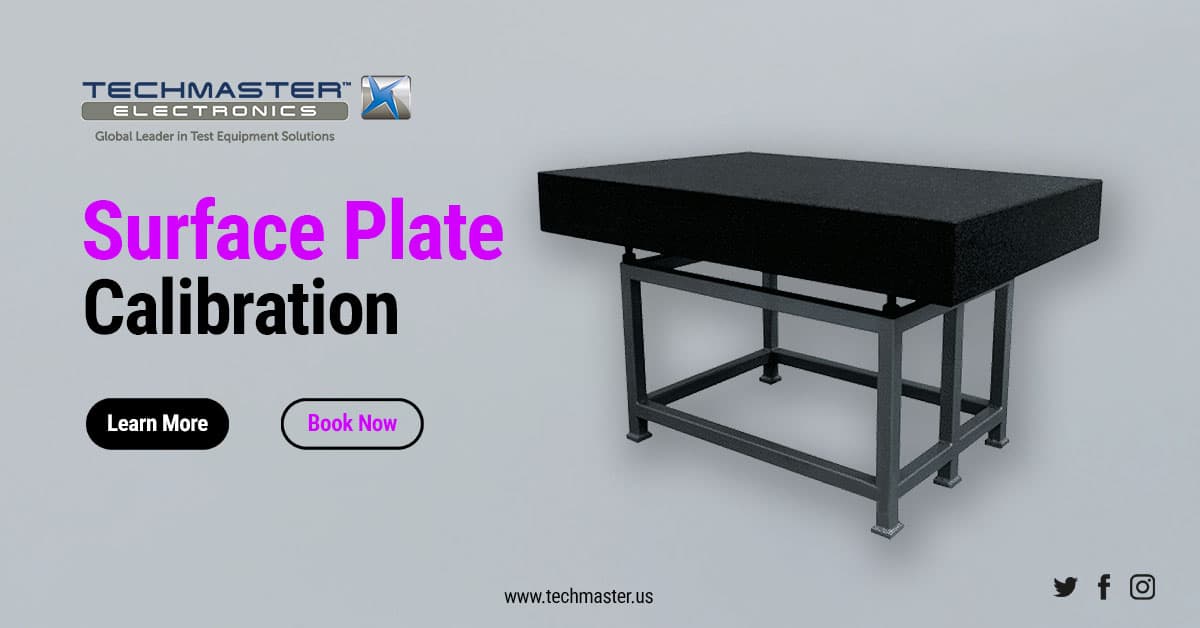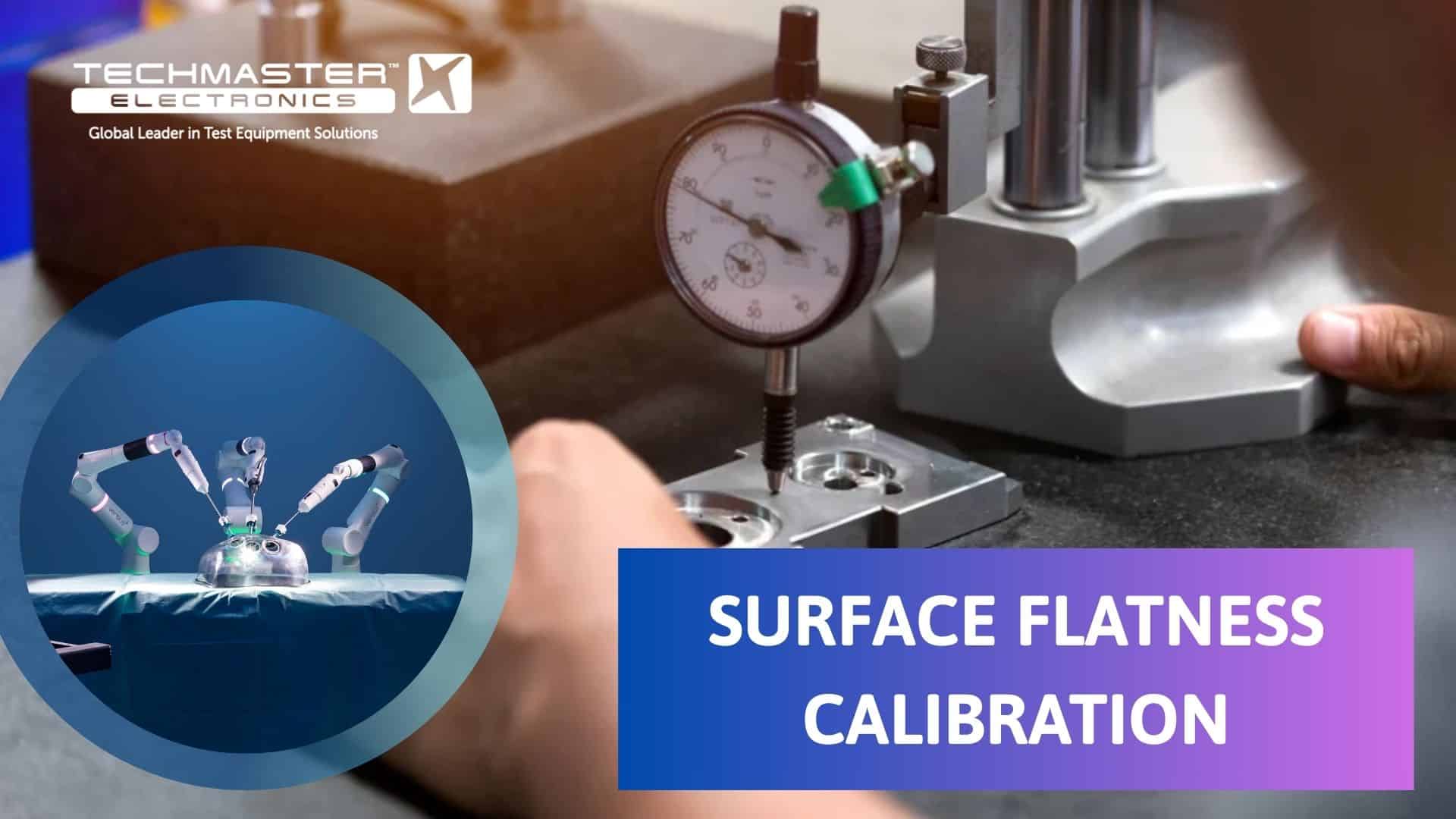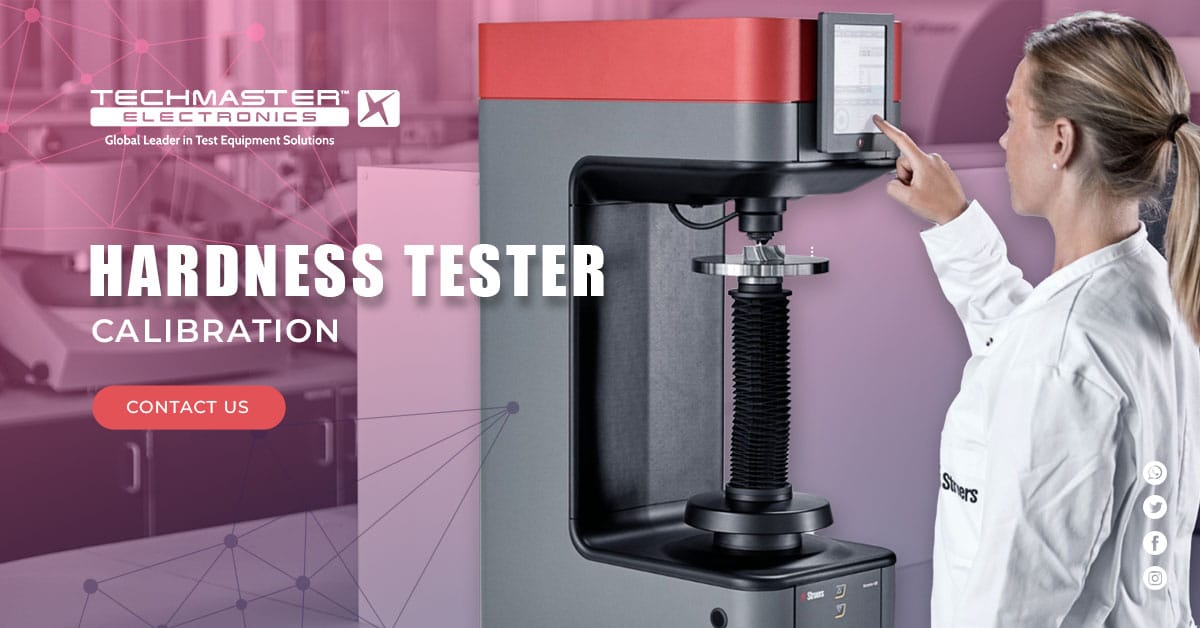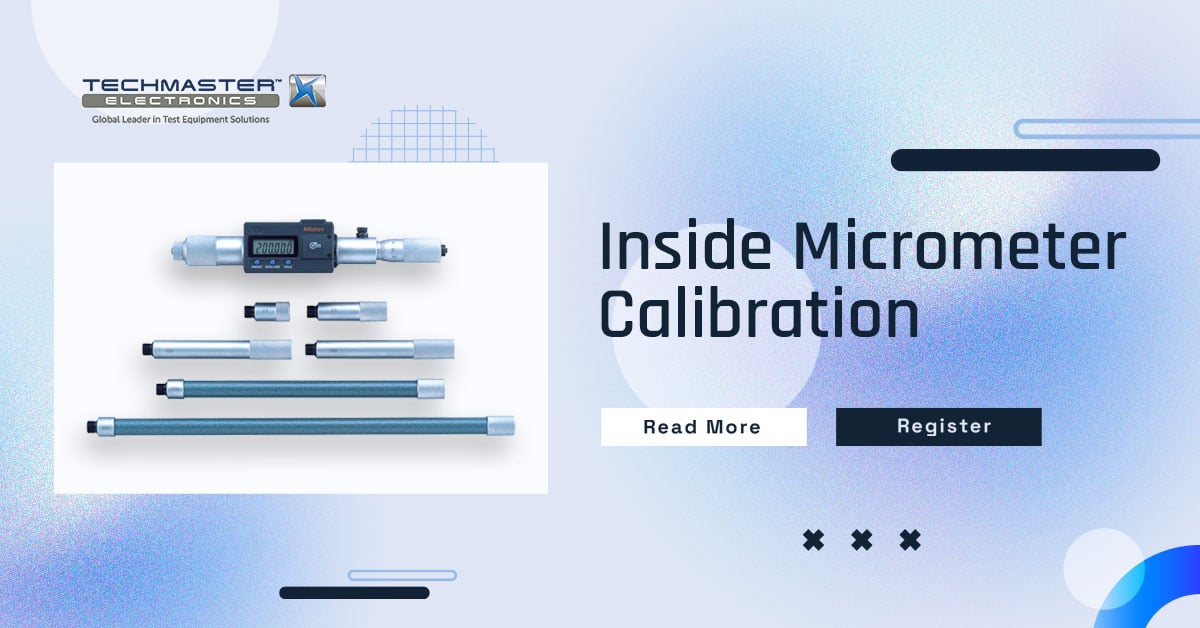In this article, we will discuss some of the most common measuring instruments used in metrology. We will provide an explanation of the different types of measuring instruments and their uses, discuss how measurement error is determined and controlled, and determine which type of instrument is best suited for each application.
Metrology is the science of measurement. It involves the use of various tools and techniques to accurately measure physical quantities such as length, mass, volume, and temperature. To ensure accurate measurement, it is essential to use the appropriate measuring instrument for a given application. Here are some of the most common measuring instruments used in metrology:
Vernier Caliper: A vernier caliper is a precision measuring instrument used to measure the distance between two opposite sides of an object. It consists of two arms, one of which is fixed and the other movable. The movable arm has a vernier scale that can be read to a fraction of a millimeter.
Micrometer: A micrometer is a precision measuring instrument that is used to measure the thickness or diameter of an object. It consists of a screw with a calibrated scale turned by a thimble to measure small distances.

Dial Indicator: A dial indicator is a precision measuring instrument that is used to measure small distances or changes in position. It has a needle that moves over a dial face to indicate the measured value.
Height Gauge: A height gauge is a precision measuring instrument that is used to measure the height of an object or the distance between two surfaces. It consists of a vertical beam with a measuring scale and a sliding carriage with a measuring jaw.
Thermometer: A thermometer is a measuring instrument used to measure temperature. It can be a simple glass tube containing a liquid, such as mercury or alcohol, that expands or contracts as the temperature changes, or a digital device that uses electronic sensors to measure temperature.

Measurement error is the difference between the measured value and the actual value of the measured quantity. It can be caused by a variety of factors, including instrumental error, human error, environmental factors, and measurement techniques. To control measurement error, it is vital to use appropriate measurement techniques and instruments, calibrate instruments regularly, and account for environmental factors that may affect measurements.
In choosing the appropriate measuring instrument for a given application, it is crucial to consider factors such as the desired level of precision, the type of quantity being measured, the size and shape of the object being measured, and the environment in which the measurement will be taken. For example, a vernier caliper may be suitable for measuring the thickness of a sheet of metal, while a height gauge may be more appropriate for measuring the height of a machine part.
Overall, the choice of measuring instrument will depend on the specific requirements of the application, as well as the level of accuracy and precision needed to obtain reliable measurements.
If you need to calibrate your instruments, our laboratory has the highest technical capacity and extensive scope of capabilities.
The latest update of ISO 17025:2017 regulates each of our calibration procedures.











